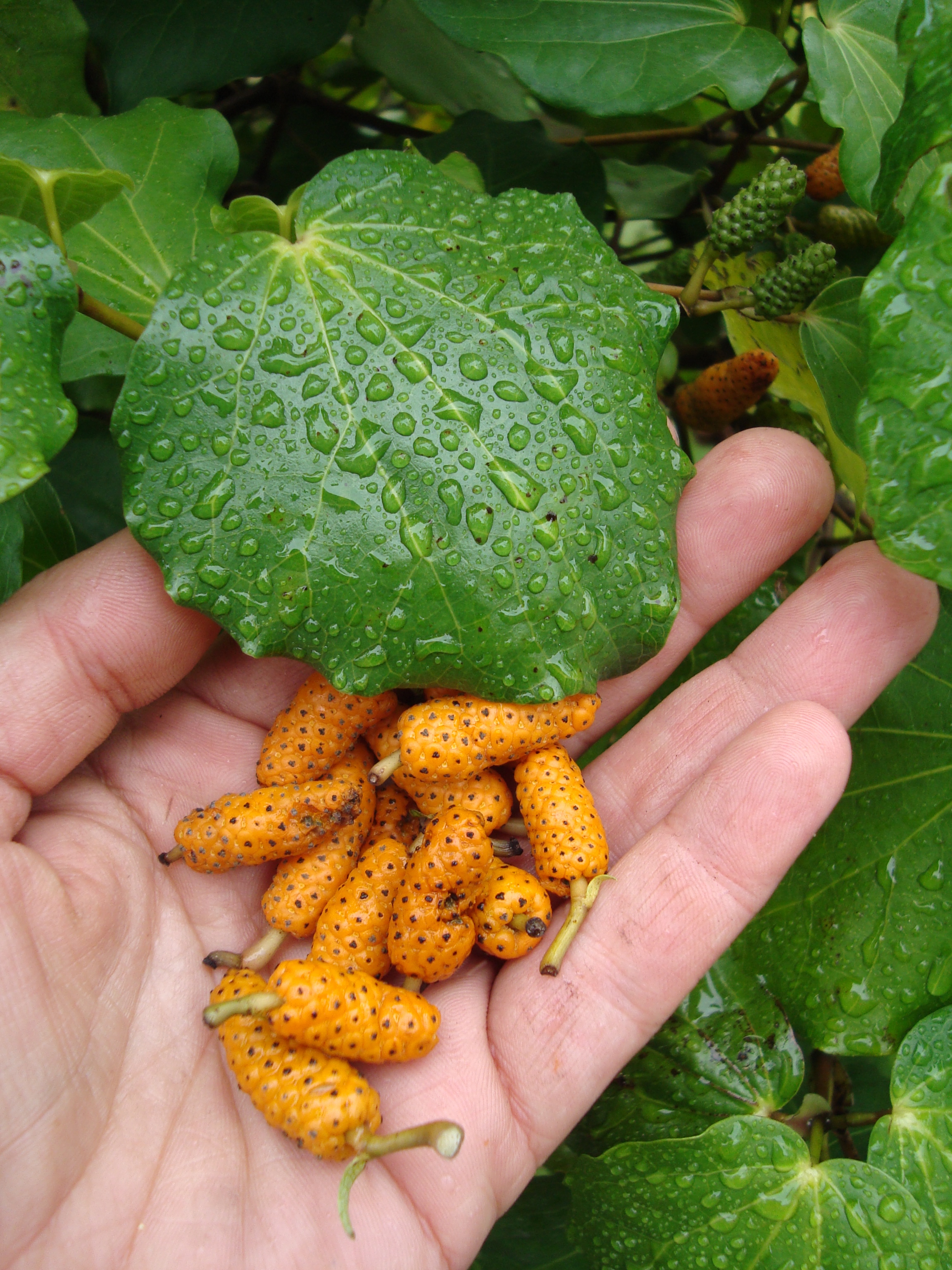December for gardeners is a month of lushness: plentiful rain, warm soil and still-lengthening days. Long twilights and early dawns pottering outdoors are my favourite antidote to the stresses of the silly season. December is also the season for cooling beverages. A few key plants can set you up for a summertime of drinks in and from the garden.
My fantasy garden (the one inside my head, rather than the one outside the back door) includes a tea pavilion surrounded by a picking garden of herbs. But even those gardeners making do with a few pots will have room for some mint. It thrives in damp part-shade, spreading along the ground, so give it room to grow; in pots it needs fresh compost each year or so. (In a bed, good planting companions include the bright orange native Libertia peregrinans, providing colour when the mint dies down over winter.)
For refreshing and stomach-soothing mint tea, pour boiling water over a 5‑centimetre sprig, or allow about five leaves per cup. If brewing in a cup rather than a pot, cover with a saucer so essential oils don’t escape. Leave the brew for five minutes, or drink it cold. Peppermint, apple mint, spearmint, common mint and the many hybrids in between all work well as teas, hot or iced.
Mint is also essential for cocktails such as juleps or mojitos. For an excellent recipe for watermelon mojito, see Gayla Trail’s Drinking the Summer Garden. As well as original cocktails, the book includes healthful thirst-quenchers such as mint limonada or rose and strawberry shake, and a few nibbles (my favourite is lettuce pie — like a spinach pie, but great for using up gone-to-seed lettuces). Available as a book or e‑book from yougrowgirl.com/books, Drinking the Summer Garden could be the perfect gift for a gardener or foodie in your life.
Slipping sprigs of herbs into your water bottle or jug is an easy way to make a simple infusion. My new favourite, with yellow flowers that brighten any water jug, is Mexican marigold. (Just to be confusing, several Tagetes species, such as the anise-flavoured T. lucida and giant T. minuta, are also commonly known as Mexican marigold; I’m talking about Tagetes lemmonii.) This grows to a 1 metre-high shrub, with finely cut leaves and daisy-shaped flowers. It likes full sun and is drought-tolerant, making it a good candidate for a pot.
Dill or fennel flowers or seeds give an anise flavour to teas, syrups or infusions. The purple-flowered bee-magnet anise hyssop is another great candidate for the water jug, with a liquorice-mint flavour. For a lemony tang, try zingy lemon verbena or lemon balm — not botanically related, but sharing citrus oils in their leaves. If you like things on the sweet side, add a few leaves of Stevia, a natural sweetener.
Contrary to popular belief, the herb bergamot (Monarda) is not the flavouring used in Earl Grey tea (that’s bergamot orange, a type of citrus), but it does make a delicious minty/citrusy tea that native Americans used to combat coughs and colds. Other herbs, like sage and thyme, also have antibacterial qualities, so their teas are great for sore throats (especially with honey). And if your garden has a shady corner or fenceline, grow kawakawa, a native rongoā (medicinal plant). Its heart-shaped leaves can be used to make a spicy tonic.





